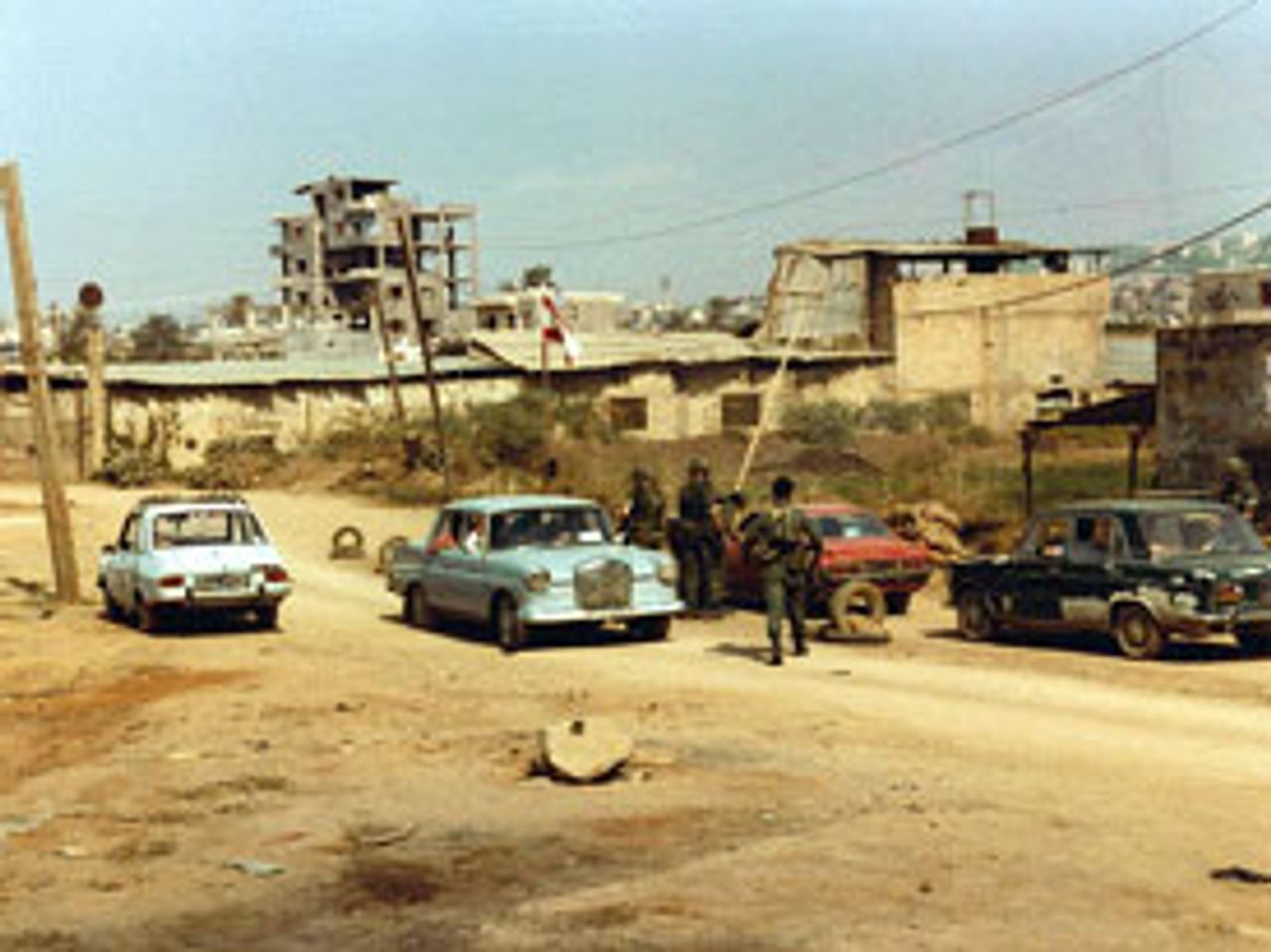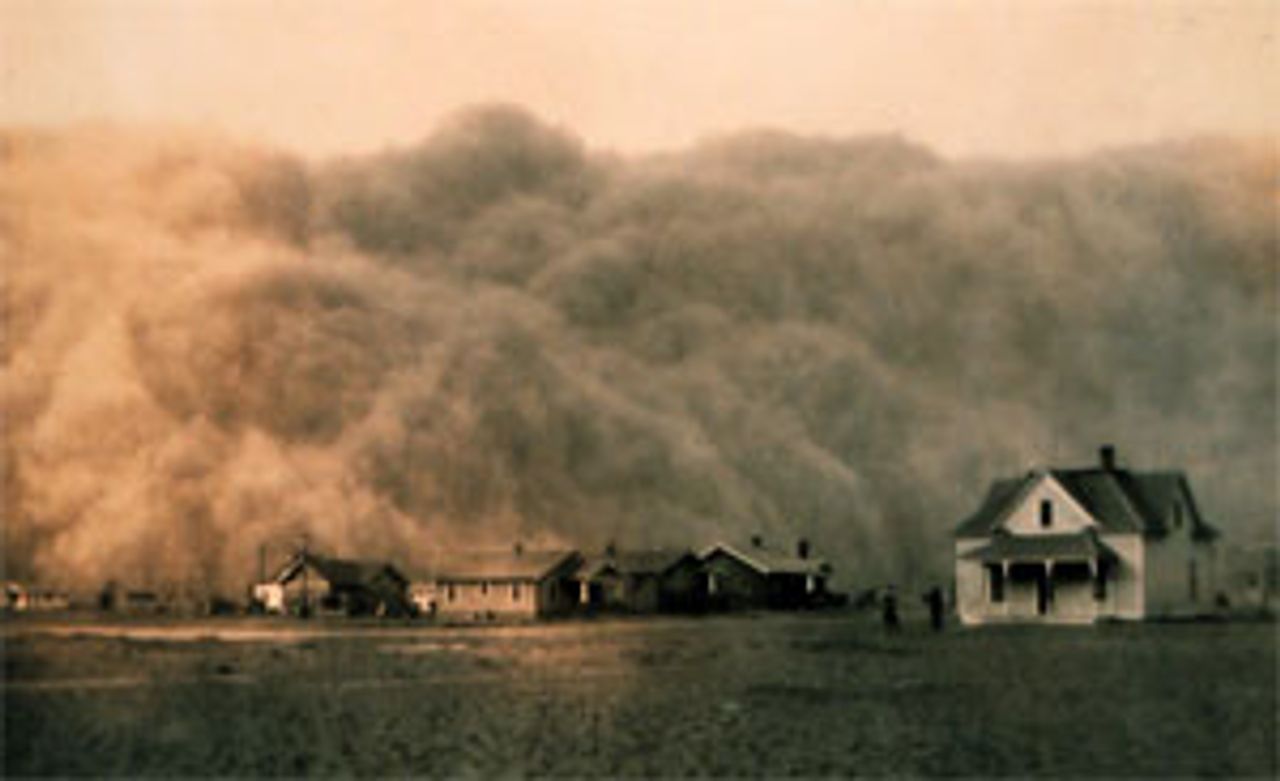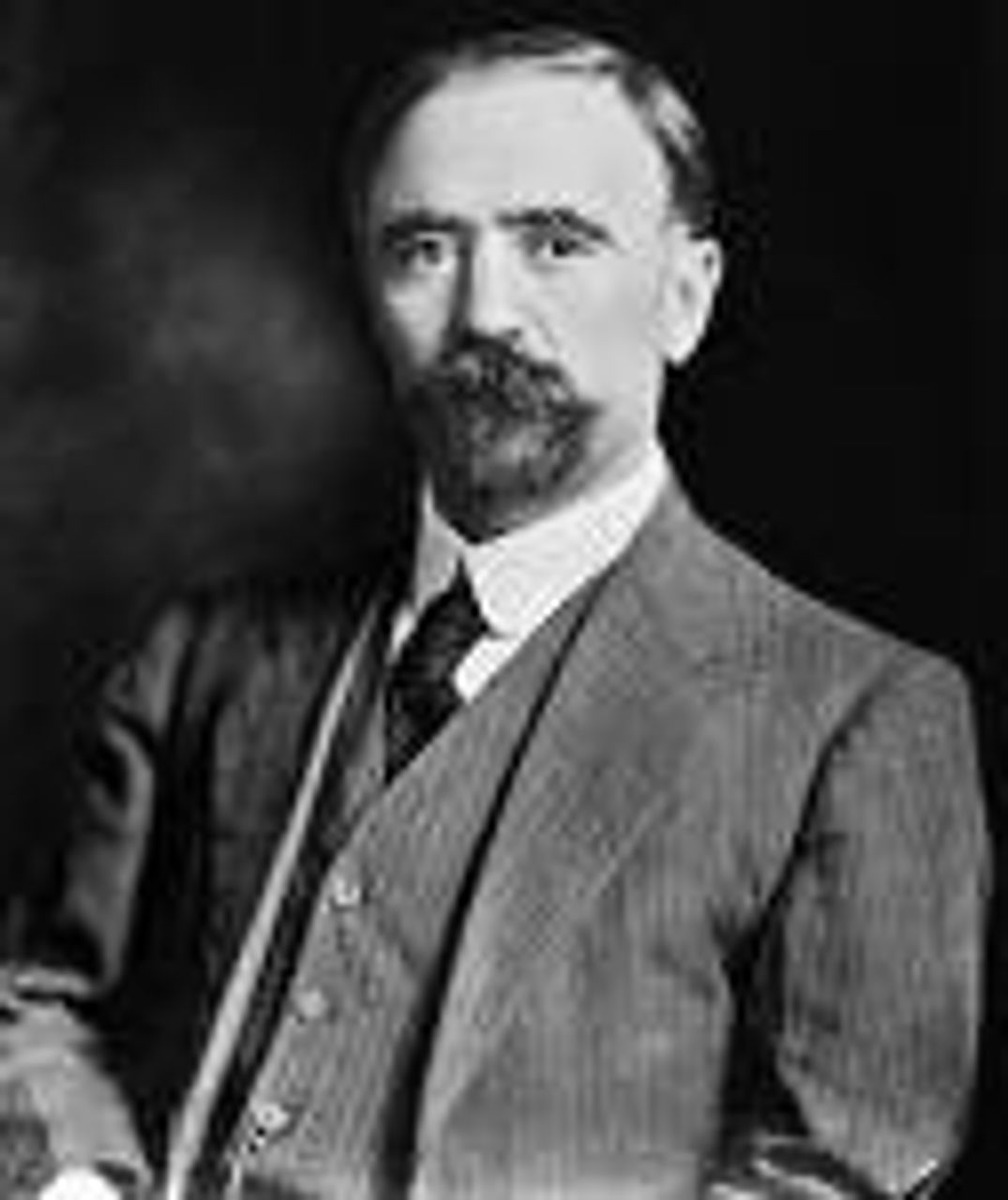This Week in History provides brief synopses of important historical events whose anniversaries fall this week.
25 Years Ago | 50 Years Ago | 75 Years Ago | 100 Years Ago
25 years ago: Lebanon government collapses
 US soldiers man Beirut checkpoint in 1982
US soldiers man Beirut checkpoint in 1982Fighting among rival militias on April 16, 1985 left 32 dead in Beirut, Lebanon. The violence brought down the “national unity” government of Rashid Karami and threatened to bring back to full intensity the country’s decade-long civil war.
In the street fighting, Shiite and Druze militias routed the militia of a Pan-Arabist Sunni group, al-Morabitun, which was supported by Palestinian Liberation Organization (PLO) fighters. Al-Morabitun offices were sacked, forcing it to retreat from its West Beirut stronghold.
Karami, the Sunni Prime Minister of Lebanon, announced his resignation in the immediate wake of the fighting. According to the system worked out shortly after WWII to appease Lebanon’s competing communal elites, the president of the country would be a Christian, the prime minister a Sunni Muslim, and the speaker of parliament a Shiite Muslim.
The delicate balance among the rival elites was shattered by Israeli aggression, great power politics, and the machinations of Lebanon’s Arab neighbors. Driven from Israel and other Arab states, the PLO set up operations in Lebanon. Israel promoted the fascistic Christian Phalange, while Syria set the stage for the latest fighting by ordering the combination of Shiite and Druze militias, with the aim of driving the PLO out of Lebanon.
50 years ago: Student Nonviolent Coordinating Committee organized
 Martin Luther King
Martin Luther King A national convention of African American student protesters was held at Shaw College in Raleigh, North Carolina this week in 1960. The conference, which drew about 140 delegates from across the south, was called in response to the sudden emergence of a mass protest movement of black youth in the preceding months, associated especially with “sit-ins” at segregated public spaces.
One hundred years after the Civil War, blacks in the south lived without basic human and democratic rights and under appalling social conditions, a regime enforced by violence and Democratic Party control.
The national conference aimed to assert control over the incipient movement. Contending for influence were the National Association For the Advancement of Colored People (NAACP), then 50 years old and focused primarily on legal challenges to segregation, and the Southern Leadership Conference (SLC) of Martin Luther King Jr., which favored the more confrontational method of civil disobedience. King’s position carried the North Carolina conference and resulted in the formation of the Student Nonviolent Coordinating Committee (SNCC).
75 years ago: Black Sunday “Dust Bowl” in US
 Dust Bowl
Dust BowlOn April 14, 1935, massive dust storms struck the Great Plains region of the United States in an event that would come to be known as Black Sunday.
Winds of up to 60 miles per hour carried approximately 300,000 tons of topsoil into the air, forming enormous clouds of dust that passed over the Plains states, blacking out the sky. Witnesses reported later that they could not see more than a few feet in front of them. Buildings and farm machinery were buried beneath the dust, wiping out the livelihood of many farmers in the region.
In an April 15 article on the Black Sunday storms, Associated Press reporter Robert Geiger coined the term “Dust Bowl” to describe the devastated areas, which included parts of Colorado, Kansas, Oklahoma and Texas.
The storms were caused by years of drought in the Great Plains, combined with a rapid increase in land cultivation from the late 1920s to the early 1930s. Rising agricultural prices had encouraged farmers to raise their productivity and seek out new lands for development. Extensive plowing and the use of new farming technologies and machinery eliminated the grasses that kept the soil in place and provided it with moisture and nutrients.
100 years ago: ‘Porfiriato’ ends in Mexico
 Francisco Madero
Francisco MaderoOn April 15, 1910 the Mexican National Anti Reelection Party (Partido Nacional Antirreleeccionista—PNA) nominated Francisco Madero as its candidate to succeed aging dictator Porfirio Diaz.
Diaz had ruled Mexico continuously since 1876, a period known as the ‘Porfiriato,’ during which the country sold off natural resources to foreign corporations. The land was stripped from small farmers and Indian communities and concentrated into the hands of the latifundia and the Catholic Church.
Madero had written a 1908 book entitled The Presidential Succession of 1910. In that work, he outlined his strategy to replace Diaz. A wealthy businessman whose family had gained great wealth and land under the Porfiriato, Madero hoped to maintain the power of the ruling elite by offering political reforms, but no significant changes to the social set-up, such as land reform.
However, his nomination awakened a mass movement that neither he, nor the PNA, were able to control.
